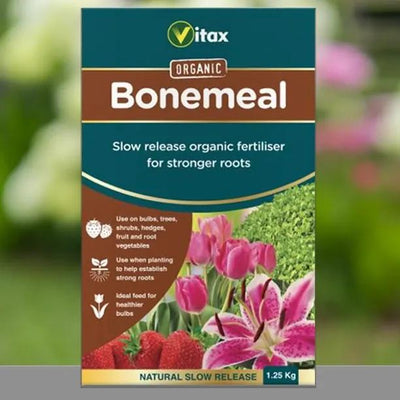Crispin Apple Trees
The Crispin apple tree produces a sweet flavoured, late season eating apple that juices well and is great for adding to a cider blend. Because it's quite coarse textured it also cooks beautifully, holding its shape. Like many thick-skinned apples, Crispin apples store wonderfully well, lasting comfortably into spring. The green young fruit turns yellow when ripe, ending up looking like a bit like a huge Golden Delicious
Browse our full range of apple trees.
Features
- Use: Eating. Sweet, crisp, very juicy. It juices well and can be added as a sweet element to a mixed cider brew. When cooked, it has a sweet, light flavour and holds its shape.
- Spur Bearer: suitable for cordons & espaliers, trained on wires.
- Tree's growth habit: Strong Average vigour. Spreading form.
-
Harvest: Mid October
-
Store & ripen in a cool, dry place: Until March
Rootstocks:
All of our Crispin trees are grown on MM106 rootstocks.
Pollination Partners for Crispin:
Your trees are self-sterile triploids: their flowers must be pollinated to make any fruit and they cannot pollinate other trees. Crispin is in pollination Group C which means it can be pollinated by other apple trees in pollination Groups B, C and D.
See our Guide to Apple Tree Pollination for a full list of partners & more tips about pollination.
History & Trivia
History & Parentage:
This tree was bred in Japan between the World Wars, from Golden Delicious and Indo. In Japan and the USA, it's known by its original name, Mutsu. It was named Crispin when it was released for sale in Britain in 1968.

 Secure, One-Tap Checkout
Secure, One-Tap Checkout
 Hand Picked, Delivered to Your Door!
Hand Picked, Delivered to Your Door! 1 Year Bareroot Guarantee
1 Year Bareroot Guarantee













